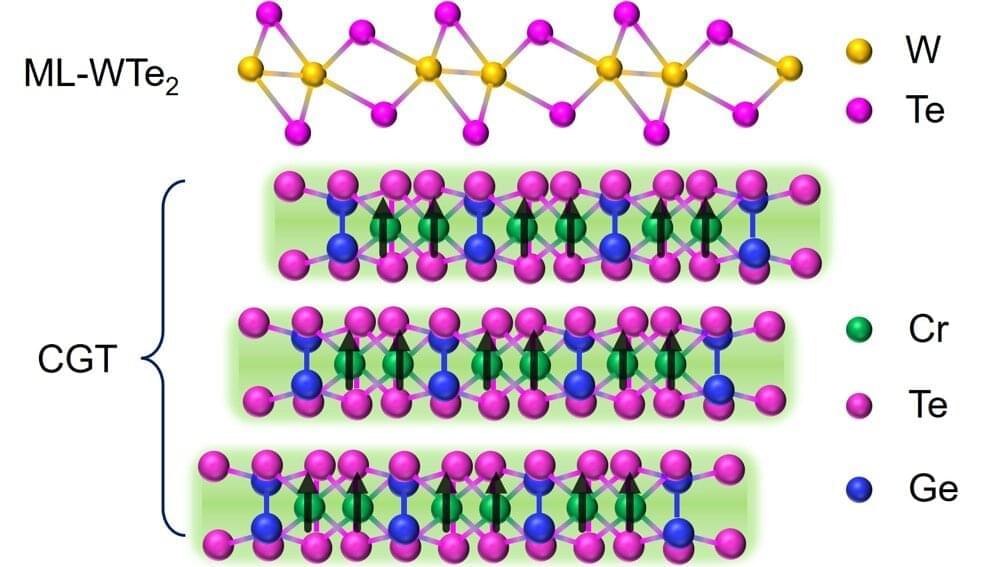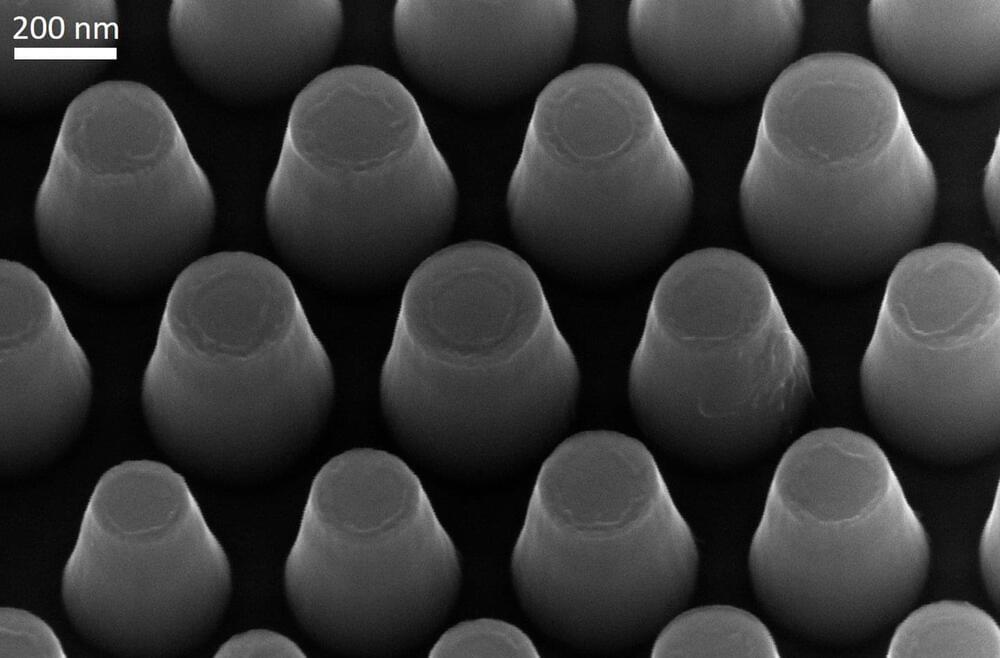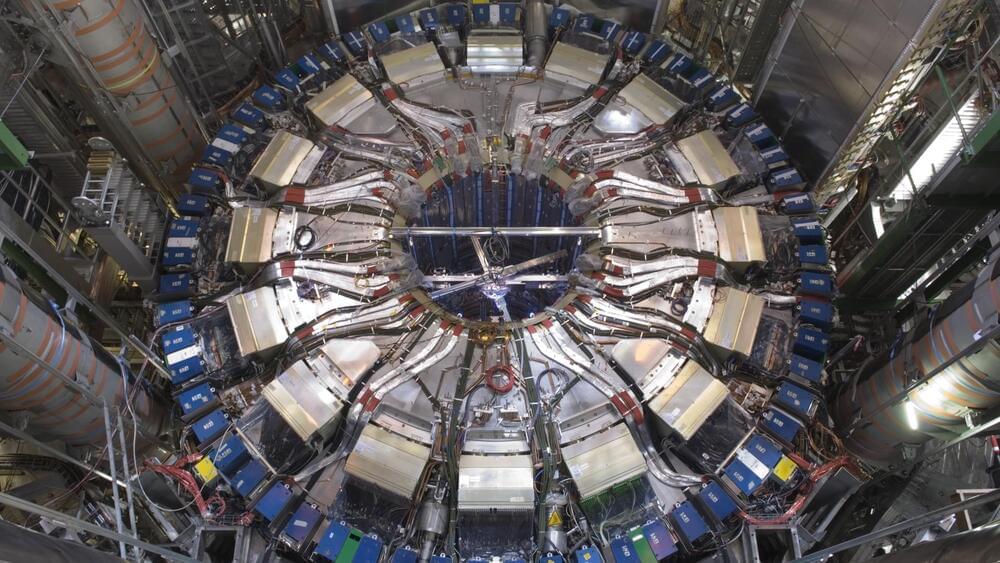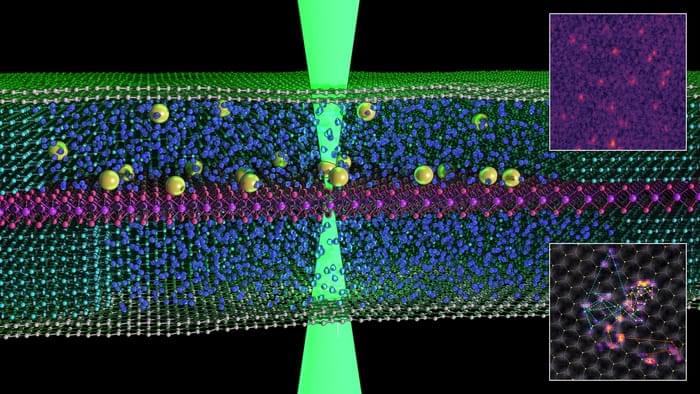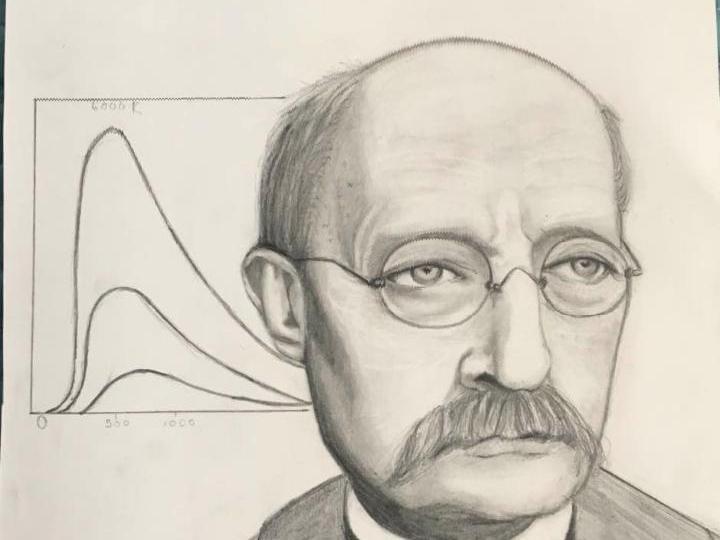Sep 5, 2022
Measuring the Similarity of Photons
Posted by Saúl Morales Rodriguéz in categories: computing, particle physics, quantum physics
A new optical device measures photon indistinguishability—an important property for future light-based quantum computers.
Photons can be used to perform complex computations, but they must be identical or close to identical. A new device can determine the extent to which several photons emitted by a source are indistinguishable [1]. Previous methods only gave a rough estimate of the indistinguishability, but the new method offers a precise measurement. The device—which is essentially an arrangement of interconnected waveguides—could work as a diagnostic tool in a quantum optics laboratory.
In optical quantum computing, sequences of photons are made to interact with each other in complex optical circuits (see Synopsis: Quantum Computers Approach Milestone for Boson Sampling). For these computations to work, the photons must have the same frequency, the same polarization, and the same time of arrival in the device. Researchers can easily check if two photons are indistinguishable by sending them through a type of interferometer in which two waveguides—one for each photon—come close enough that one photon can hop into the neighboring waveguide. If the two photons are perfectly indistinguishable, then they always end up together in the same waveguide.

